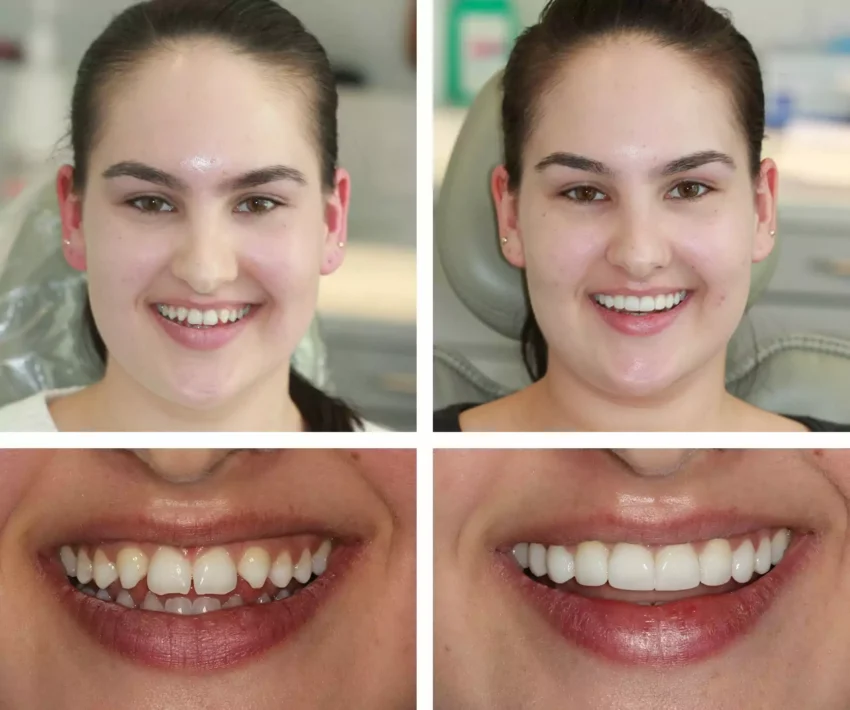Introduction to Composite Bonding
The quest for a perfect smile has led many individuals to explore various cosmetic dental treatments, with composite bonding emerging as a popular choice for those seeking both aesthetics and durability. As more people in the capital city pursue dental enhancement procedures, composite bonding London practices have witnessed a surge in interest from patients wanting to improve their smiles whilst maintaining natural-looking results.
Understanding Composite Bonding Materials
Composite bonding utilises a sophisticated resin material that has evolved significantly over the years. Recent advances in dental composite materials have enhanced their strength and aesthetic properties, making them an increasingly reliable choice for cosmetic dental procedures. These materials are carefully engineered to match the natural colour and translucency of teeth, ensuring seamless integration with existing dental structures.
Components of Modern Dental Composites
Modern dental composites comprise several key elements that contribute to their effectiveness:
- Resin matrix
- Inorganic filler particles
- Coupling agents
- Initiator-accelerator system
Factors Affecting Composite Bonding Longevity
Clinical studies examining composite bonding durability have demonstrated impressive results, with proper care and maintenance playing crucial roles in extending the life of these restorations. Several factors influence the longevity of composite bonding treatments:
Lifestyle Considerations
The durability of composite bonding can be significantly impacted by daily habits and lifestyle choices. Patients who maintain excellent oral hygiene routines and avoid habits that could compromise their dental work often experience longer-lasting results. Understanding these factors helps individuals make informed decisions about their dental care and maintenance routines.
Professional Application Techniques
The success of composite bonding treatments largely depends on the expertise and precision of the dental professional performing the procedure. Modern application techniques, combined with advanced materials, have led to improved bonding strength and enhanced aesthetic outcomes in contemporary dental practices. This technical proficiency ensures that composite bonding treatments not only look natural but also stand the test of time.
Maintenance and Care Protocols
Proper maintenance of composite bonding requires a systematic approach to oral hygiene and regular professional check-ups. Dental professionals recommend specific care protocols that help preserve the aesthetic appeal and structural integrity of composite bonding treatments. These protocols often encompass daily cleaning routines, dietary considerations, and preventive measures against common issues that might affect the bonding material.
Daily Care Requirements
To maintain the pristine condition of composite bonding, patients should follow these essential care guidelines:
- Use a soft-bristled toothbrush and non-abrasive toothpaste
- Floss carefully around bonded areas
- Avoid excessive consumption of staining substances
- Schedule regular dental check-ups
Long-term Benefits and Considerations
When properly maintained, composite bonding can provide lasting aesthetic improvements whilst preserving natural tooth structure. This conservative approach to cosmetic enhancement has made composite bonding London treatments increasingly popular among individuals seeking reliable smile enhancement solutions. The versatility of composite materials allows for future modifications or repairs, providing patients with flexibility in their long-term dental care planning.
Cost-Effectiveness Over Time
While initial investments in composite bonding treatments may seem significant, their durability and potential for repair make them a cost-effective solution in the long run. Patients often find that the longevity of well-maintained composite bonding justifies the initial expenditure, particularly when compared to more invasive or temporary alternatives.
Conclusion
The enduring appeal of composite bonding lies in its ability to deliver both immediate aesthetic improvements and long-term durability. As materials and techniques continue to advance, the longevity of composite bonding treatments continues to improve, offering patients increasingly reliable solutions for their cosmetic dental needs. The key to maximising the lifespan of composite bonding remains a combination of skilled application, proper maintenance, and regular professional care.
For individuals considering cosmetic dental improvements, understanding the factors that contribute to the longevity of composite bonding can help inform their decision-making process. With proper care and attention, composite bonding continues to stand as a testament to the possibilities of modern cosmetic dentistry, offering patients a durable path to achieving their desired smile aesthetics.

